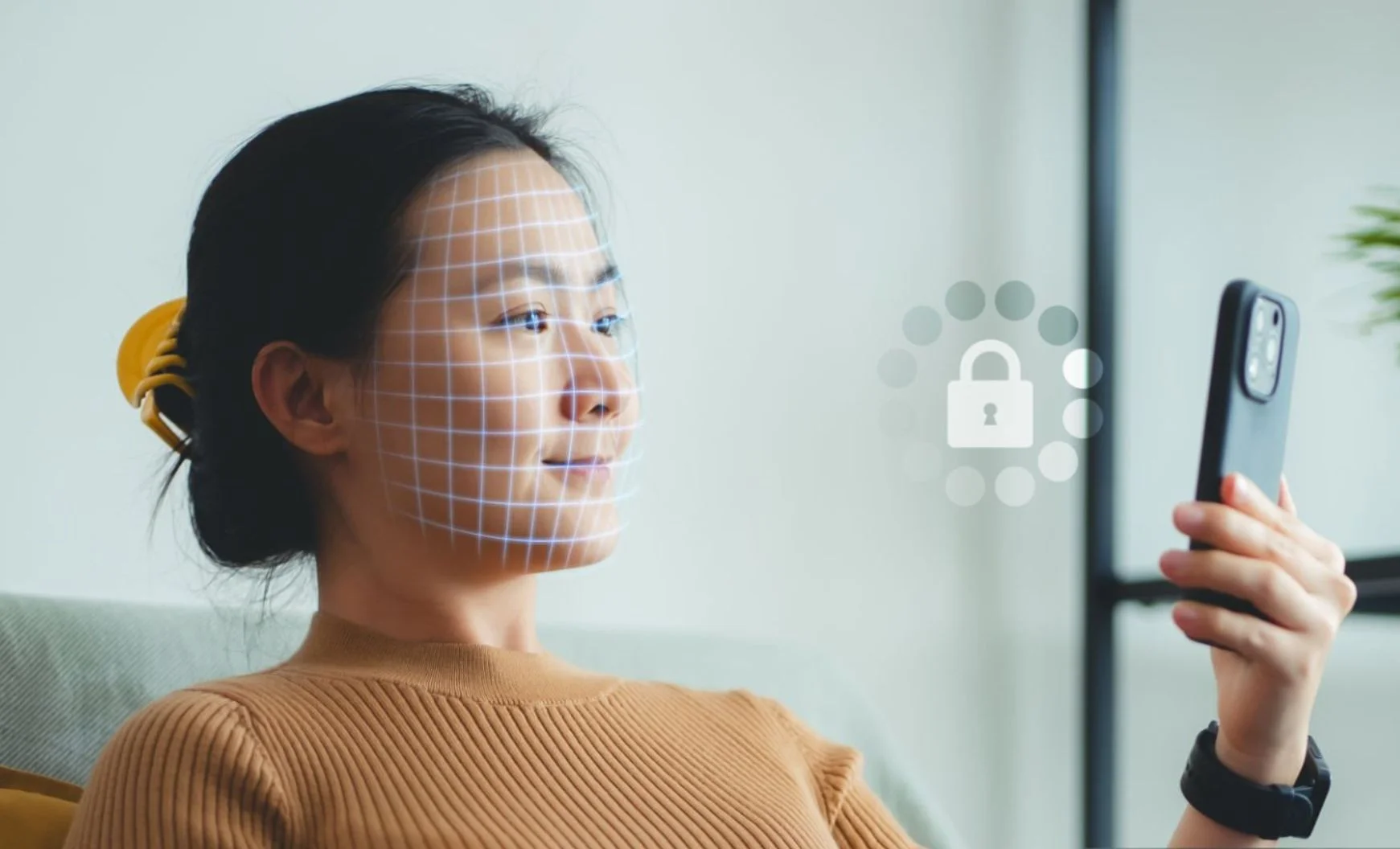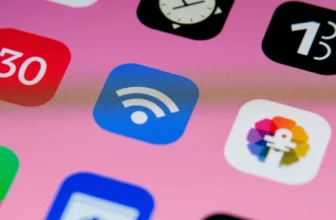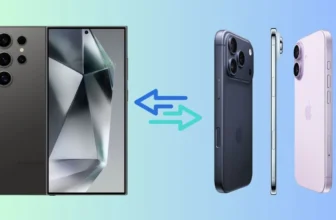
Face unlock is a popular and convenient feature on smartphones and other devices, allowing you to unlock your device with just a glance. While it’s a quick and easy way to secure your phone, it’s important to use it securely to protect your personal information and prevent unauthorized access. In this article, we will guide you on how to use face unlock securely and the best practices to keep your data safe.
What is Face Unlock?
Understanding Face Unlock
Face unlock is a biometric authentication system that uses facial recognition technology to verify your identity. By capturing and analyzing unique facial features, such as the shape of your eyes, nose, and mouth, the system grants access to your device. This method is often seen as more secure and convenient than traditional PINs or passwords.
How Does Face Unlock Work?
Face unlock works by using the device’s front-facing camera to scan your face. The camera captures a series of measurements and stores them as a “facial template.” The device then compares this template each time you attempt to unlock it. If the scan matches, the device unlocks, providing fast and hands-free access.
Checkout: iOS 19 Preview
How to Set Up Face Unlock
1. Access Your Device’s Settings
To set up face unlock on your device, go to the Settings menu. The exact location may vary depending on your phone’s brand and model, but typically, you will find it under Security or Biometrics & Security.
2. Enable Face Recognition
Once in the security settings, look for the Face Recognition or Face Unlock option. Select it and follow the on-screen prompts to enable the feature. You’ll be asked to position your face in front of the camera, ensuring it captures enough data to create a reliable template.
3. Set Up a Backup Method
It’s essential to set up a backup method in case face unlock fails. This can be a PIN, password, or pattern that you can use to unlock your device if it doesn’t recognize your face. This is especially important in situations where the lighting is poor or if the camera can’t properly scan your face.
4. Test the Face Unlock Feature
After setting up face unlock, test it to ensure it works well. Try unlocking your phone in different lighting conditions and from various angles. If face unlock works inconsistently, it may be a good idea to retrain it by following the setup process again.
More About: Why You Should Buy Accessories With Your Phone
Best Practices for Using Face Unlock Securely
1. Use a Strong Backup Authentication Method
Although face unlock is convenient, it’s essential to set up a strong backup method, such as a password or PIN. This ensures that you can still access your device if the facial recognition system doesn’t work or is fooled by a photo or video of your face.
2. Enable Two-Factor Authentication (2FA)
For added security, enable two-factor authentication (2FA) on apps and services where possible. 2FA adds an extra layer of protection by requiring a second form of verification, such as a text message code or an authenticator app, in addition to your face unlock.
3. Avoid Using Face Unlock in High-Risk Situations
While face unlock is convenient, avoid using it in high-risk situations, such as when you’re in a crowded public place, or when someone can easily attempt to unlock your phone while you’re distracted. In these cases, using a PIN or password may be more secure.
4. Be Cautious of Photo or Video Hacks
Although modern face unlock systems are designed to prevent spoofing with photos or videos, some older or less advanced systems may still be vulnerable. To increase security, ensure that your device uses “liveness detection,” which checks for signs of life, like blinking or subtle head movements, to confirm that the scanned face is real.
5. Use Face Unlock with Secure Apps
For apps that store sensitive data, such as banking apps or secure messaging apps, always use additional authentication methods, such as a password or biometric authentication in addition to face unlock, if supported. Face unlock should never be the only security feature for apps with critical or sensitive information.
6. Ensure Your Face Data is Stored Securely
Modern devices store face recognition data locally on your phone, and this data is typically encrypted to enhance privacy. Ensure that your device has encryption enabled to protect your facial data. Avoid using third-party apps that may store face recognition data on external servers, as this could increase the risk of your information being compromised.
Read More: Best Times of the Year to Buy a Phone
Potential Risks of Face Unlock
1. Face Unlock May Not Work with Certain Changes
Face unlock may not work properly if there are significant changes in your appearance, such as drastic weight loss, wearing heavy makeup, or growing a beard. While some devices allow you to update your facial data, it’s important to be aware that face unlock may fail if your appearance changes drastically.
2. Vulnerability to Photo or Video Spoofing
Some older face recognition systems are vulnerable to spoofing attacks using high-quality photos or videos of the user’s face. While modern devices are designed to prevent this, the security of your face unlock method largely depends on the sophistication of the device’s technology.
3. Privacy Concerns
Facial recognition data can be sensitive and personal. While major phone manufacturers encrypt this data and store it locally, the use of facial recognition raises concerns over surveillance and unauthorized data access. Always use devices from trusted manufacturers who prioritize your privacy and data security.
How to Improve Face Unlock Security
1. Use Multiple Face Scans
Some devices allow you to scan your face multiple times to improve the accuracy of the recognition system. This can help ensure that the system works effectively in different lighting conditions and angles.
2. Update Your Device Regularly
Always keep your phone’s software up to date. Manufacturers often release updates that enhance the security of biometric features like face unlock. Regularly installing software updates ensures that you benefit from the latest security patches and improvements.
3. Enable Lock Screen Notifications
You can enable lock screen notifications to limit the amount of information displayed on your screen without unlocking it. This prevents anyone from seeing sensitive information, like text messages or app notifications, when your phone is locked with face unlock.
Read: The Impact of Mobile Tech on Everyday Life
Conclusion
Face unlock is a convenient and modern way to secure your device, but like all security features, it should be used wisely. By following best practices such as setting up strong backup authentication methods, enabling two-factor authentication, and using face unlock with secure apps, you can significantly enhance the security of your device. Always be cautious about privacy concerns and keep your device updated to benefit from the latest security improvements.
Frequently Ask Questions (FAQ’s)
Face unlock is convenient, but a PIN or password is more secure. It’s best to use both together for enhanced security.
Modern devices use liveness detection to prevent spoofing with photos or videos, but older systems may be vulnerable.
Improve accuracy by scanning your face multiple times in different lighting conditions and from various angles.
If face unlock is inconsistent, retrain the feature and use your backup PIN or password to unlock the device.
Yes, most devices encrypt face data locally. Always ensure your device’s software is up to date for better security.






